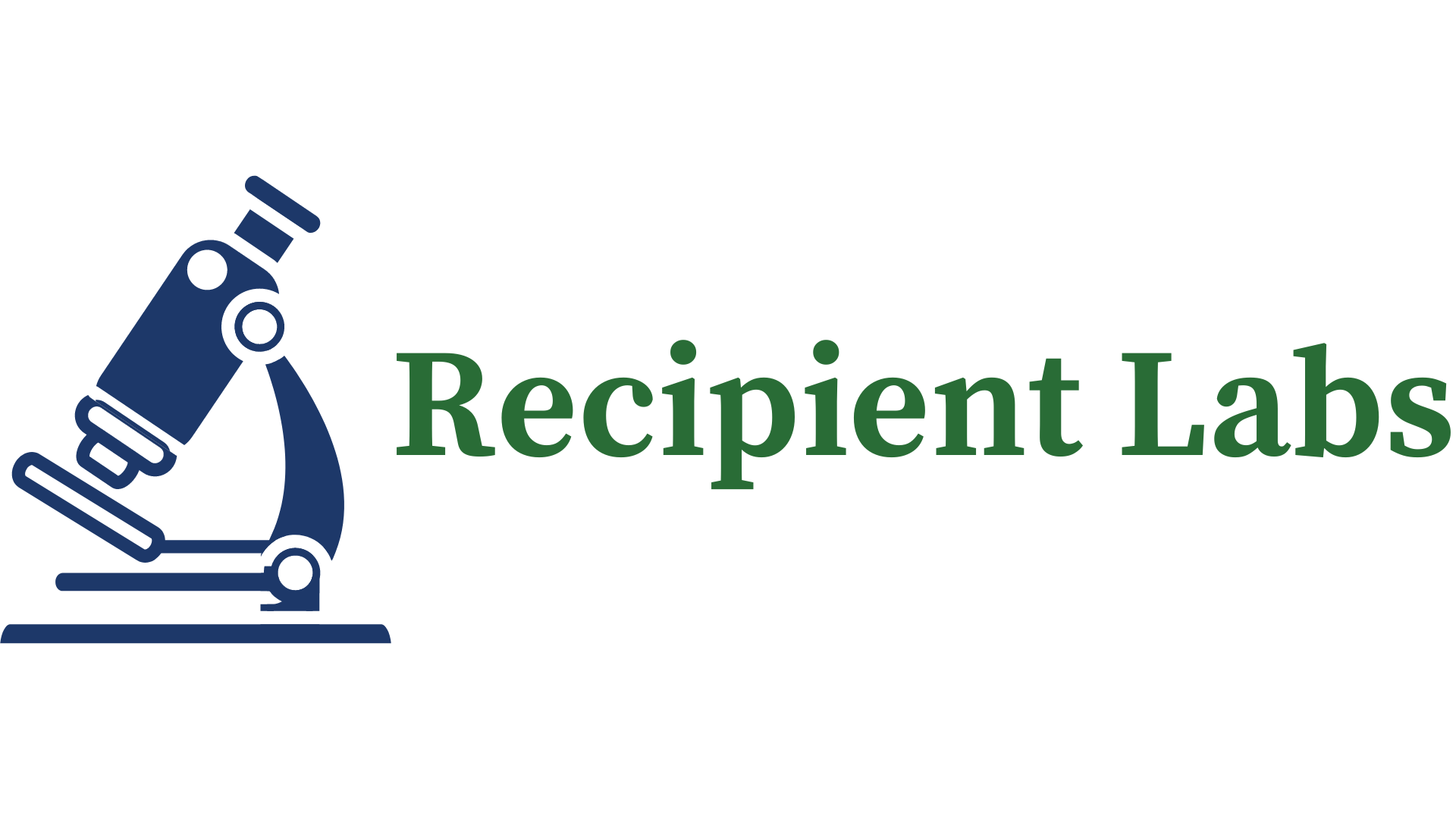The second step in our series is to reduce your ahh count. It’s much easier to listen to somebody who is not saying “uh” all the time.
Let me give you an example.
Option 1:
I, um, went, um, to the, um, store.
Option 2:
I went to the store.
Read them out loud. Compare them. Which one is easier to hear? Probably the second one, the one without all the ums, right?
The pushback that I often get is that the client will say, “Well, I need the ums because they give me time to think.” On the surface, that’s a perfectly good argument. Nobody wants an engineer who doesn’t think. If you’re going to drive across a bridge, you want that bridge to be built by an engineer who thinks.
But the thing is, every time a sound comes out of your mouth, your audience members have to think, even if it’s just for a microsecond, “Is this a word, and if not, I can probably just discard it. But if I discard it, there’s a hole, and I’ve got to connect the words that came before it with the words that came after it.”
So now the audience is having to do twice as much work just to get the same point. If you said the exact same thing without the ahs and ums, then the audience would have to do half the work to get your message.
So instead of filling those gaps between the words with ahhs and umms, fill them with silence.
You’ll still get your time to think, but your audience will be thinking, “This person is thoughtful and in control.”
The question I typically get next is “how do I do that?” Basically, the answer is “become comfortable with silence.”
I know, it’s hard to become comfortable with silence. Silence feels awkward. So the exercise that I’ll start with is the client will utter any sentence about anything. And then as part of the exercise, you say that with spaces in between the words, so “I’m going to the store” becomes “I… am…going…etc.” Never in your life will you actually speak like that, but via the exercise, you become more comfortable with putting silences between your words and with the fact that nobody’s going to die if you do.
In fact, not only is your audience not going to die, they are probably going to love you for it, because it gives them time to think, which is what they need, and what your ahs and ums would have robbed them of the opportunity to do.



